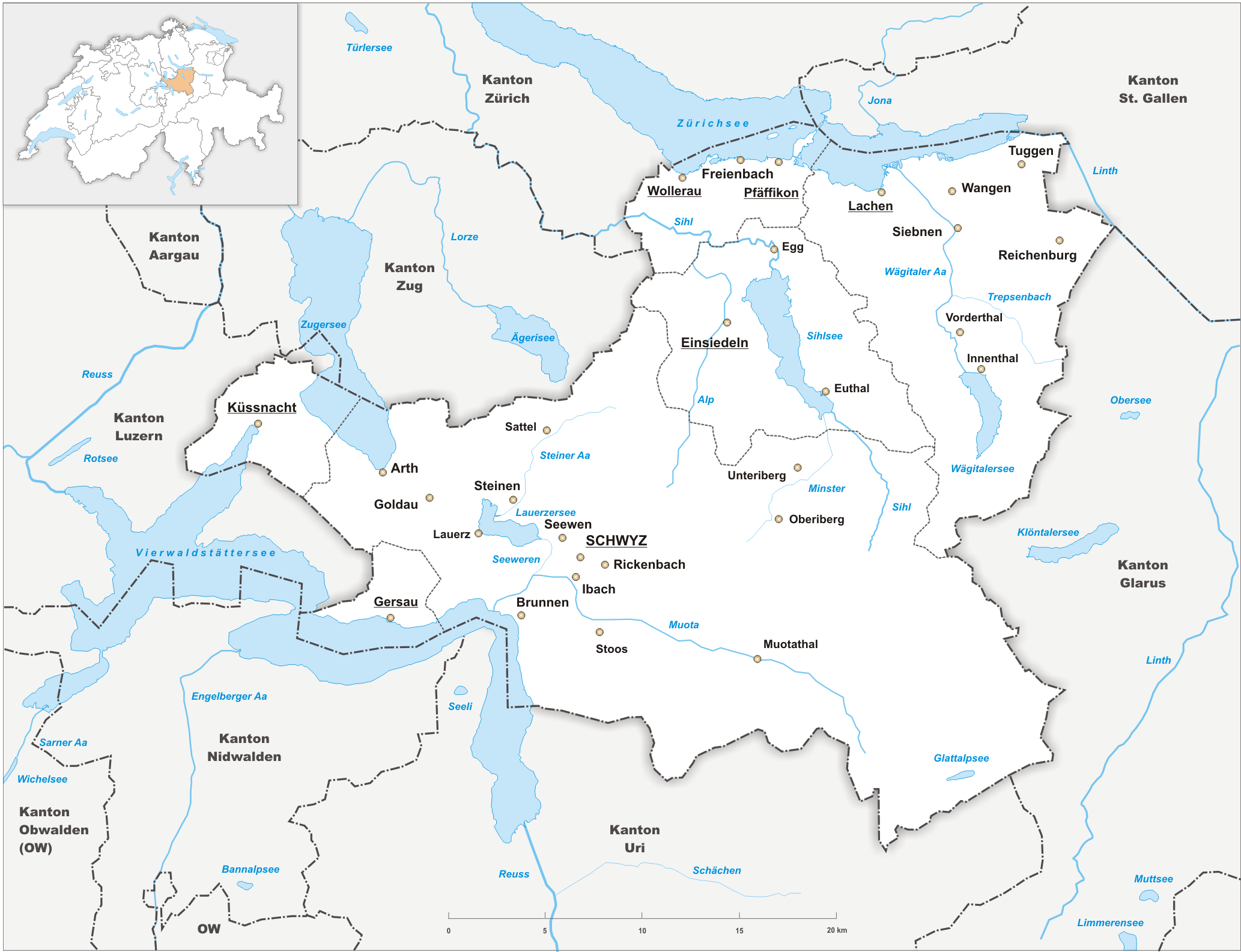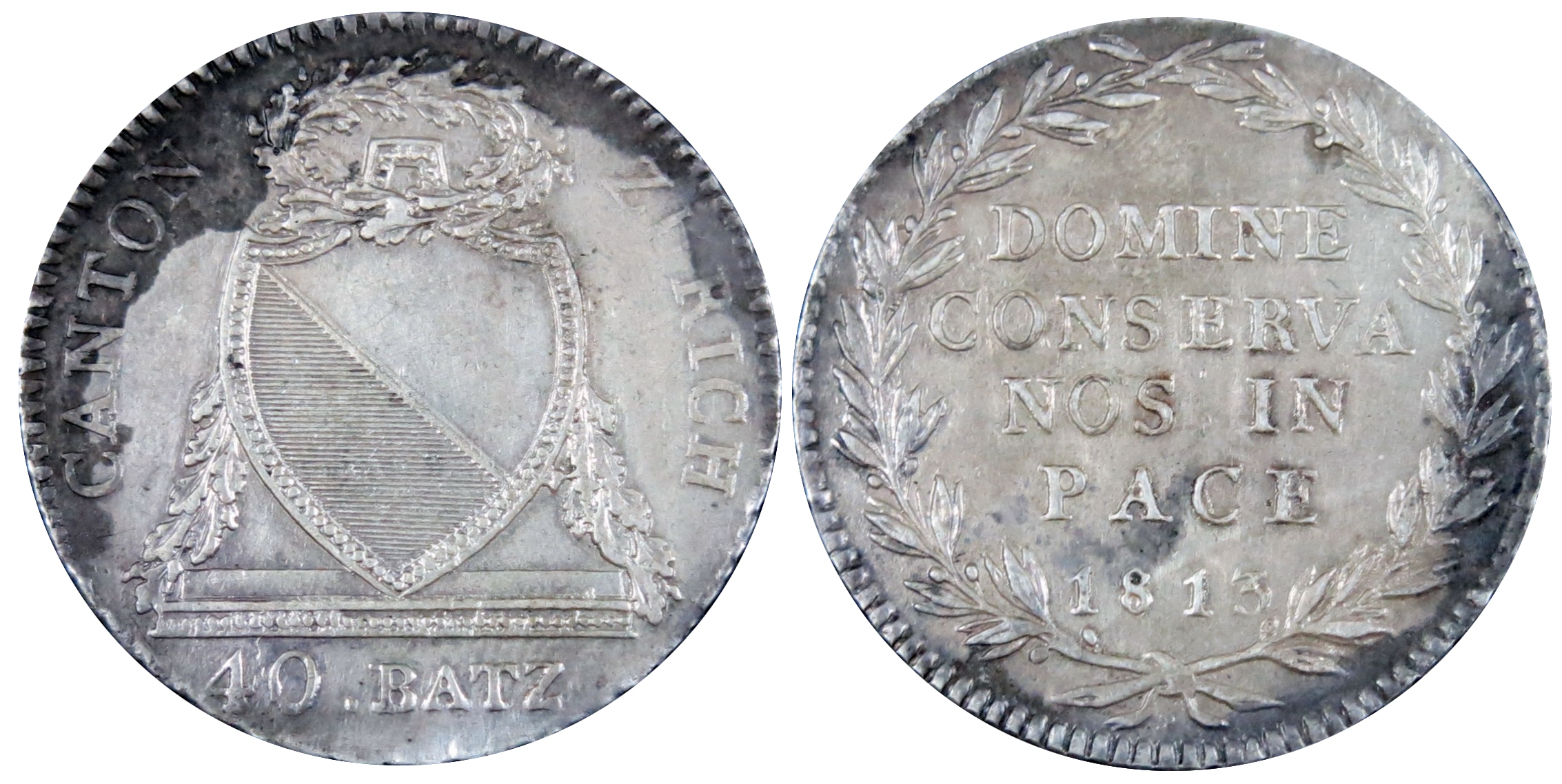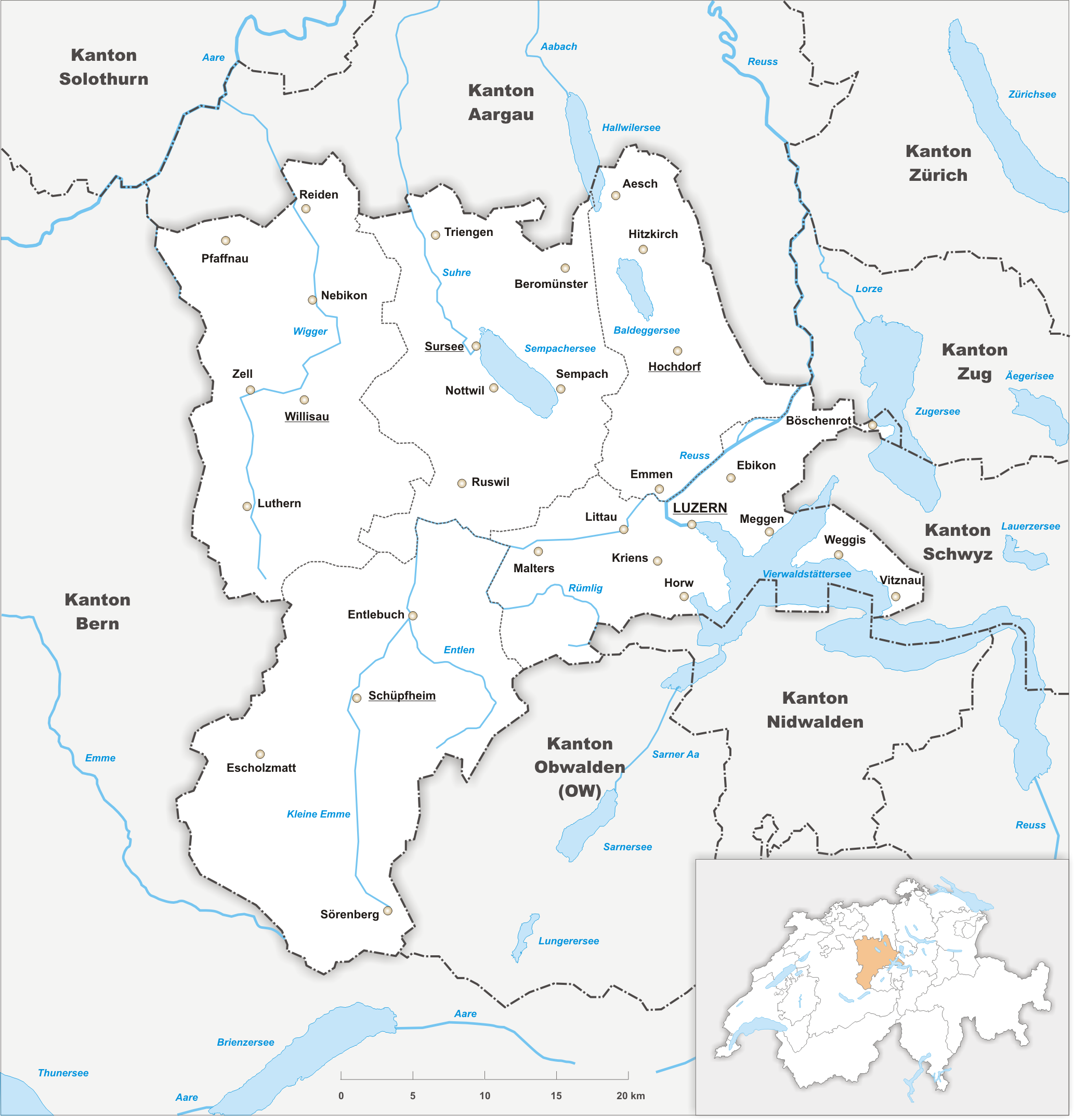|
Eidgenosse
''Eidgenossenschaft'' () is a German language, German word specific to the political history of Switzerland. It means "oath commonwealth" or "oath alliance", in reference to the "eternal pacts" formed between the Eight Cantons of the Old Swiss Confederacy of the late medieval period. In Swiss historiography, this relates most notably to the Rütlischwur (Rütli Oath) between the three founding cantons Canton of Uri, Uri, Canton of Schwyz, Schwyz and Unterwalden, which traditionally dates to 1307. In modern usage, ''Eidgenossenschaft'' is the German term used as an equivalent to "Confederation" in the official name of Switzerland, ''Schweizerische Eidgenossenschaft'' (rendered, respectively, as ''Confédération suisse'' and ''Confederazione svizzera'' in French and Italian). Its corresponding adjective, ''eidgenössisch''—officially translated as "Swiss federal"—is used in the name of organisations such as the ''ETH Zurich, Eidgenössische Technische Hochschule'', or ... [...More Info...] [...Related Items...] OR: [Wikipedia] [Google] [Baidu] |
Old Swiss Confederacy
The Old Swiss Confederacy, also known as Switzerland or the Swiss Confederacy, was a loose confederation of independent small states (, German or ), initially within the Holy Roman Empire. It is the precursor of the modern state of Switzerland. It formed at the end of the 13th century, from foundation of the Old Swiss Confederacy, a nucleus in what is now Central Switzerland, growth of the Old Swiss Confederacy, expanding to include the cities of Zurich and Bern by the middle of the 14th century. This formed a rare union of rural and urban medieval commune, communes, all of which enjoyed imperial immediacy in the Holy Roman Empire. This confederation of eight cantons () was politically and militarily successful for more than a century, culminating in the Burgundy Wars of the 1470s which established it as a power in the complicated political landscape dominated by Early modern France, France and the Habsburg monarchy, Habsburgs. Its success resulted in the addition of more con ... [...More Info...] [...Related Items...] OR: [Wikipedia] [Google] [Baidu] |
Eight Cantons
The Old Swiss Confederacy began as a late medieval alliance between the communities of the valleys in the Central Alps, at the time part of the Holy Roman Empire, to facilitate the management of common interests such as free trade and to ensure the peace along the important trade routes through the mountains. The Hohenstaufen emperors had granted these valleys ''reichsfrei'' status in the early 13th century. As ''reichsfrei'' regions, the cantons (or regions) of Uri, Schwyz, and Unterwalden were under the direct authority of the emperor without any intermediate liege lords and thus were largely autonomous. With the rise of the Habsburg dynasty, the kings and dukes of Habsburg sought to extend their influence over this region and to bring it under their rule; as a consequence, a conflict ensued between the Habsburgs and these mountain communities who tried to defend their privileged status as ''reichsfrei'' regions. The three founding cantons of the '' Schweizerische Eidgeno ... [...More Info...] [...Related Items...] OR: [Wikipedia] [Google] [Baidu] |
Swiss Historiography
The historiography of Switzerland is the study of the history of Switzerland. Early accounts of the history of the Old Swiss Confederacy are found in the numerous Swiss chronicles of the 14th to 16th centuries. As elsewhere in Europe, these late medieval and early modern works were subjected to critical treatment with the emergence of modern historiography in the later 18th century. Swiss historiographical scholarship of the postmodern era (late 20th century) also followed international trends in its emphasis on topical history, such as economic history, legal history and social history and Switzerland's conduct during World War II. The first comprehensive historiography was Gottlieb Emanuel Haller's six-volume ''Bibliothek der Schweizergeschichte'' (1785–88), published still before the collapse of the Old Swiss Confederacy in the wake of the French Revolution. Later comprehensive treatments include Johannes von Müller's ''Geschichten Schweizerischer Eidgenossens ... [...More Info...] [...Related Items...] OR: [Wikipedia] [Google] [Baidu] |
Growth Of The Old Swiss Confederacy
The Old Swiss Confederacy began as a late medieval alliance between the communities of the valleys in the Central Alps, at the time part of the Holy Roman Empire, to facilitate the management of common interests such as free trade and to ensure the peace along the important trade routes through the mountains. The Hohenstaufen emperors had granted these valleys ''reichsfrei'' status in the early 13th century. As ''reichsfrei'' regions, the cantons (or regions) of Uri, Schwyz, and Unterwalden were under the direct authority of the emperor without any intermediate liege lords and thus were largely autonomous. With the rise of the Habsburg dynasty, the kings and dukes of Habsburg sought to extend their influence over this region and to bring it under their rule; as a consequence, a conflict ensued between the Habsburgs and these mountain communities who tried to defend their privileged status as ''reichsfrei'' regions. The three founding cantons of the '' Schweizerische Eidgenosse ... [...More Info...] [...Related Items...] OR: [Wikipedia] [Google] [Baidu] |
Switzerland
Switzerland, officially the Swiss Confederation, is a landlocked country located in west-central Europe. It is bordered by Italy to the south, France to the west, Germany to the north, and Austria and Liechtenstein to the east. Switzerland is geographically divided among the Swiss Plateau, the Swiss Alps, Alps and the Jura Mountains, Jura; the Alps occupy the greater part of the territory, whereas most of the country's Demographics of Switzerland, 9 million people are concentrated on the plateau, which hosts List of cities in Switzerland, its largest cities and economic centres, including Zurich, Geneva, and Lausanne. Switzerland is a federal republic composed of Cantons of Switzerland, 26 cantons, with federal authorities based in Bern. It has four main linguistic and cultural regions: German, French, Italian and Romansh language, Romansh. Although most Swiss are German-speaking, national identity is fairly cohesive, being rooted in a common historical background, shared ... [...More Info...] [...Related Items...] OR: [Wikipedia] [Google] [Baidu] |
Confederation
A confederation (also known as a confederacy or league) is a political union of sovereign states united for purposes of common action. Usually created by a treaty, confederations of states tend to be established for dealing with critical issues, such as defence, foreign relations, internal trade or currency, with the central government being required to provide support for all its members. Confederalism represents a main form of intergovernmentalism, defined as any form of interaction around states that takes place on the basis of sovereign independence or government. The nature of the relationship among the member states constituting a confederation varies considerably. Likewise, the relationship between the member states and the general government and their distribution of powers varies. Some looser confederations are similar to intergovernmental organization, international organisations. Other confederations with stricter rules may resemble federal systems. These elements o ... [...More Info...] [...Related Items...] OR: [Wikipedia] [Google] [Baidu] |
Canton Of Schwyz
The canton of Schwyz ( ; ; ; ) is a Cantons of Switzerland, canton in central Switzerland between the Swiss Alps, Alps in the south, Lake Lucerne to the west and Lake Zürich in the north, centred on and named after the town of Schwyz. It is one of the founding cantons of Switzerland; Switzerland's name is derived from the name of the canton, and the flag of Switzerland from its coat of arms. For the history of the name, see Schwyz. The Swiss Federal Charter is on display in Schwyz. Northeast of the town of Schwyz is Einsiedeln Abbey. History Prehistory to the Roman era The earliest traces of humans in Schwyz are from the Upper Paleolithic and Early Mesolithic, or about 12,500 BC. An excavation of the karst caves in the valley of the Muota river (''Muotatal'') revealed numerous sites, some dating to the Younger Dryas period (). The alpine meadows at Bödmeren, Twärenen and Silberen were Stone Age hunter-gatherer camps. Ibex and red deer bones, along with charcoal, indicate tha ... [...More Info...] [...Related Items...] OR: [Wikipedia] [Google] [Baidu] |
Thirteen Cantons
The early modern period, early modern history of the Old Swiss Confederacy (''Eidgenossenschaft'', also known as the "Swiss Republic" or ''Republica Helvetiorum'') and its constituent Thirteen Cantons encompasses the time of the Thirty Years' War (1618–1648) until the Switzerland in the Napoleonic era, French invasion of 1798. The early modern period was characterized by an increasingly Aristocracy, aristocratic and Oligarchy, oligarchic ruling class as well as frequent economic or religious revolts. This period came to be referred to as the ''Ancien Régime'' retrospectively, in Restoration (Switzerland), post-Napoleonic Switzerland. The loosely organized Confederation remained generally disorganized and crippled by the religious divisions created by the Swiss Reformation. During this period the Confederation gained formal independence from the Holy Roman Empire with support from kingdom of France, France, and had very close relations with France. The early modern perio ... [...More Info...] [...Related Items...] OR: [Wikipedia] [Google] [Baidu] |
Pact Of Brunnen
The Pact of Brunnen (''Bund von Brunnen'') is a historical treaty between the cantons of Uri, Schwyz, Unterwalden, concluded in Brunnen on 9 December 1315. Representatives of the four territories (Unterwalden was composed of Obwalden and Nidwalden) met in Brunnen after the success of the Battle of Morgarten in the previous month to renew the promise of mutual military assistance. In 1318, Leopold I, Duke of Austria concluded a truce with the confederates. According to Aegidius Tschudi, the pact of Brunnen marks the decision to make what had been a pragmatic alliance a permanent, sworn confederacy, initiating the phase of growth of the Old Swiss Confederacy, with the accession to the pact by Lucerne in 1332 and Zürich in 1351, Glarus and Zug in 1352 and Bern in 1353.Christophe Guillaume Koch, Johann Daniel Sander, ''Gemählde der Revolutionen in Europa: seit dem Umsturze des Römischen Kaiserthums im Occident, bis auf unsere Zeiten'', Volume 2, Sander, 1807, p. 47. J. ... [...More Info...] [...Related Items...] OR: [Wikipedia] [Google] [Baidu] |
Canton Of Zurich
The canton of Zurich is an administrative unit (Swiss canton, canton) of Switzerland, situated in the northeastern part of the country. With a population of (as of ), it is the most populous canton of Switzerland. Zurich is the ''de facto'' Capital city, capital of the canton, but is not specifically mentioned in the constitution. The Languages of Switzerland, official language is German language, German. The local Swiss German dialect, called ''Züritüütsch'', is commonly spoken. The canton has the highest Human Development Index score (0.994) List of subnational entities with the highest and lowest Human Development Index#Regions with the highest and lowest HDI, out of 1,790 subnational regions as of 2022. It is also a global Financial centre, financial center and has the List of Swiss cantons by GRP, fourth-highest GRP in Switzerland behind Basel-Stadt, Canton of Zug, Zug and Geneva canton, Geneva by GDP per capita. History Early history The prehistoric pile dwellings ... [...More Info...] [...Related Items...] OR: [Wikipedia] [Google] [Baidu] |
Canton Of Lucerne
The canton of Lucerne ( ; ; ; ) is a Cantons of Switzerland, canton of Switzerland. It is located in the country's central, German-speaking Switzerland, German-speaking part. The population of the canton (as of ) is . , the population included 57,268 foreigners, or about 15.8% of the total population. The cantonal capital is the city of Lucerne. History The canton of Lucerne comprises territories acquired by its capital Lucerne, either by treaty, armed occupation or purchase. The first town acquired was Weggis (in 1380), Rothenburg, Switzerland, Rothenburg, Kriens, Horw, Sempach and Hochdorf, Lucerne, Hochdorf (all in 1394), Wolhusen and Entlebuch (1405), the so-called "Habsburger region" to the northeast of the town of Lucerne (1406), Willisau (1407), Sursee and Beromünster (1415), Malters (1477) and Littau (1481), while in 1803, in exchange for Hitzkirch, Merenschwand (held since 1397) was given up. Prehistory The oldest traces of humans in the Lucerne area are stone artifac ... [...More Info...] [...Related Items...] OR: [Wikipedia] [Google] [Baidu] |
Pfaffenbrief
The Pfaffenbrief is a contract dated to October 7, 1370, between six states of the Old Swiss Confederacy, Zürich, Lucerne, Zug, Uri, Schwyz and Unterwalden (with Bern and Glarus missing). In the Pfaffenbrief they for the first time expressed themselves as a territorial unity, referring to themselves as ''unser Eydgnosschaft''. They assumed in this document authority over clericals (''Pfaffen''), subjecting them to their worldly legislation. Furthermore, the ''Pfaffenbrief'' forbade feuds and the parties pledged to guarantee the peace on the road from Zürich to the St. Gotthard pass. The immediate cause of the contract was an attack of the provost of the cathedral (Grossmünster) of Zürich, Bruno Brun, on Peter von Gundoldingen, mayor of Lucerne, on September 13, 1370. Brun held Gundoldingen imprisoned and refused to recognize the jurisdiction of a secular court, but was banned from Zürich and his prisoner released. The Pfaffenbrief was drawn up because the Confederacy was ... [...More Info...] [...Related Items...] OR: [Wikipedia] [Google] [Baidu] |







